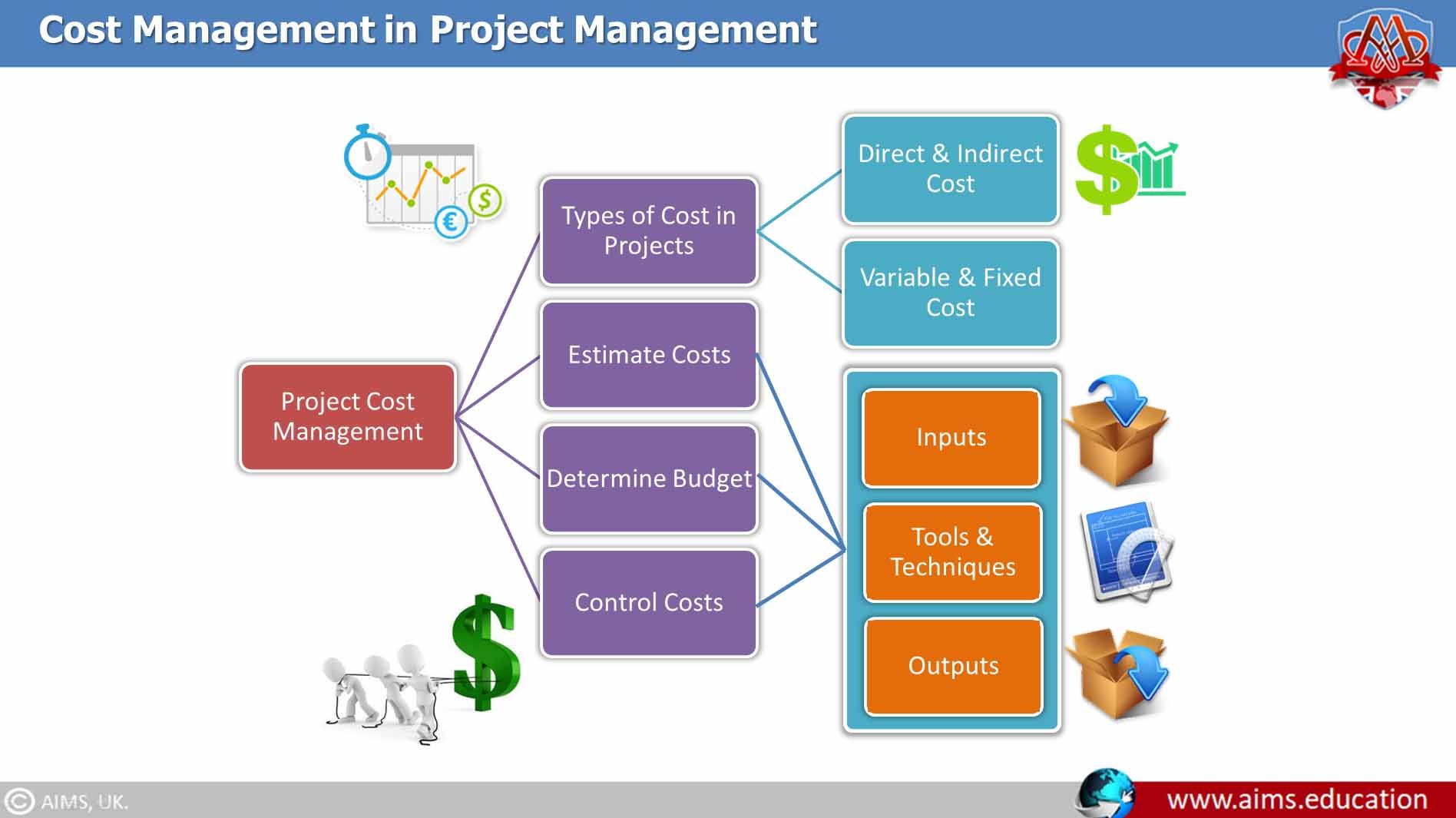IT budgeting is a crucial aspect of any organization’s financial planning. With the ever-increasing role of technology in business operations, organizations need to allocate appropriate resources and funds to support their IT infrastructure.
Components of an IT Budget
An IT budget typically consists of several key components:
Hardware and Software Costs
IT Staff Salaries and Training
Maintenance and Support
Cloud Services and Subscription Fees
Security Measures and Data Protection
Effective IT Cost Management Strategies
Managing IT costs is a challenging task for organizations. However, implementing the following strategies can help in effective IT cost management:
1. Prioritize and Align IT Investments with Business Goals
Organizations must identify their strategic objectives and align IT investments accordingly. By prioritizing projects that directly contribute to business growth and profitability, organizations can optimize their IT budget.
2. Conduct Regular IT Audits
Regular IT audits help identify areas of inefficiency and wasteful spending. By thoroughly examining software licenses, hardware utilization, and service contracts, organizations can eliminate redundant or underutilized resources, leading to cost savings.
3. Embrace Cloud Solutions
Cloud computing offers numerous cost benefits, such as reduced infrastructure costs, pay-as-you-go models, and scalability. By migrating certain IT services to the cloud, organizations can achieve substantial cost savings and increased flexibility.
4. Implement IT Asset Management
Proper management of IT assets, including hardware and software, is crucial for cost optimization. By tracking the lifecycle of IT assets, organizations can make informed decisions regarding upgrades, replacements, and license renewals, minimizing unnecessary expenditure.
5. Negotiate Vendor Contracts
Organizations should actively negotiate contracts with IT vendors to secure favorable pricing terms. By comparing quotes from multiple vendors and leveraging competition, organizations can achieve significant cost reductions without compromising quality.
6. Train IT Staff
Investing in the professional development of IT staff ensures that they stay updated with the latest technologies and industry best practices. Well-trained IT personnel can optimize systems, troubleshoot efficiently, and reduce the need for external consultants, resulting in long-term cost savings.
7. Implement Cost-Tracking Mechanisms
Implementing cost-tracking mechanisms, such as cost allocation, can help organizations understand how resources are being utilized. This knowledge allows for better decision-making to optimize expenditure and eliminate unnecessary costs.
The Benefits of Effective IT Budgeting and Cost Management
Effective IT budgeting and cost management yield several benefits for organizations:
1. Cost Savings
By actively managing IT costs, organizations can identify and eliminate wasteful spending, leading to significant cost savings.
2. Improved Financial Planning
Accurate budgeting and cost management provide organizations with a clear understanding of their IT expenditure, enabling improved financial planning and forecasting.
3. Enhanced Resource Allocation
Efficient IT budgeting ensures that resources are allocated based on business priorities, ensuring that IT investments drive growth and competitiveness.
4. Increased Agility
By embracing cloud solutions and optimizing IT assets, organizations gain the flexibility and agility needed to respond quickly to changing market demands.
5. Improved Operational Efficiency
Streamlined IT processes and optimized systems result in increased operational efficiency, reducing downtime and improving overall productivity.
Conclusion
IT budgeting and cost management are crucial for organizations to effectively allocate resources and optimize expenditure. By adopting strategies such as prioritizing IT investments, conducting regular audits, embracing cloud solutions, and tracking costs, organizations can achieve cost savings, improved financial planning, and increased operational efficiency.
